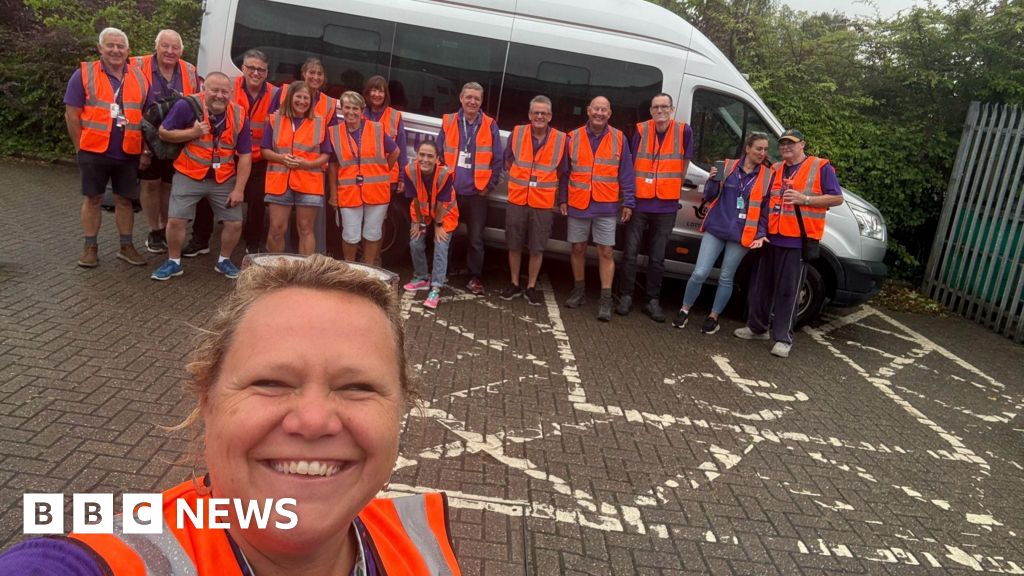For quite some time, the talent landscape has acted as a chameleon, constantly evolving to meet the moment and blend in. Human resource and talent executives have seen the dynamics shift from the War for Talent to the Great Resignation to the Great Resurgence to Quiet Cutting and more.
If one thing remained consistent throughout these cycles, it was why the winning organizations were winning. It starts and ends with the way they approach their talent strategies. Over time, it has become increasingly clear that organizations with employee-centered processes, protocols and standards in place stand out. In fact, in 2012, London Business School’s Alex Edmans found that the companies on Fortune’s “100 Best Companies to Work For in America” list generated higher stock returns per year than their peers.
That’s a call to action for organizations of any size. Now more than ever, it is a business-critical priority to have a strong employee value proposition and consistent approach to recruiting, developing and engaging top talent. By developing and formalizing a talent strategy that supports broad business goals with a talent-first approach, it also helps eliminate outdated HR practices that can act as a competitive drag on growth.
The good news is this: Organizations can get started by implementing the following five key steps toward building an institutionalized talent strategy.
Understand the desired business outcomes first
While HR can oftentimes feel like a siloed part of the business, it is anything but. Talent is perhaps the most essential part of any business strategy, constantly driving companies forward, especially during uncertainty and instability. Chief human resource officers need to step out of the HR domain, understand the business, and clearly see what talent it needs to deliver.
Ask questions—the big ones and the small ones. Doing so will not only create a greater level of transparency across the organization and job function, but it will ensure there is a unified vision that will inform the employee value proposition. This research phase will help HR to understand better what the organization hopes to achieve, identify what resources are available and clarify what gaps remain.
Establish and strengthen the company culture
Culture isn’t something we can set and forget. It has to be created, nurtured and bolstered over time to inspire the top talent our organizations need. If any HR leader wants to grow employee engagement and organizational health in a short time, start telling a consistent and compelling story about your company and its virtuous vision.
If your mission and vision are motivators, and your company can meaningfully change the world for the better—you have a foundation to recruit, retain, develop and inspire your talent. Then, match those words with actions.
Ignore the pendulum in power dynamics and focus on delivering on your employee value proposition. Provide talent with clear opportunities to grow, help them see how they are making a positive impact in the world and give them an empathetic manager who holds them to high expectations for performance and development. Moreover, make sure that when your company wins, talent wins, too.
Modernize hiring and advancement processes
Gone are the days of going with the candidate or employee who is most familiar or networked in the organization. It is pivotal for HR and talent leaders to be crystal clear about the skills needed for each role, increase their familiarity with the workforce and identify new avenues to attract differentiated interest.
While this might seem like a big feat, it can be accomplished in many ways, such as leveraging data to introduce a new level of rigor to the process; investing in digital tools to institutionalize hiring, retention and career pathing; and simply put, getting to know your talent better by fostering meaningful conversations.
This process should be the perfect mix of talent-oriented and data-oriented decision-making. Not only will this create an enjoyable experience for the talent pool and employees, but it will also create deeper bench strength throughout the business. Importantly, it will also help your highly networked talent from taking on a role that’s not a good fit.
Use data to keep pushing business goals forward
Sometimes, HR strategies are viewed as an extra “nice to do” instead of an essential ingredient for success. In uncertain economic times, in my experience, HR is often looked at with scrutiny.
Like any other senior leader, human resources officers must be business athletes. We have to make compelling arguments to the C-suite that are grounded in business strategy and in data. We need to be candid, clear and consistent with our partners about the costs associated with a talent strategy that enables the business to perform and transform.
Create space for diverse perspectives
Organizations need to develop and offer opportunities that allow for new and differentiated voices to feel empowered to raise their hands, highlight their work and share their unique perspectives. This can take place in a multitude of settings—group meet-ups, one-on-one time, company or council meetings, and more. Whichever feels most natural and genuine.
It’s especially important to build predictable and safe opportunities for underrepresented talent to interact with senior leadership. Not only will this open the door for employees to feel heard, but it will further educate others and elevate the organization.
Human capital is a business driver. Instead of chasing the latest trend, HR leaders should double down on their commitments to talent. That’s why I urge other CHROs to institutionalize the ecosystem so that every action you make as part of your talent strategy in your normal cycles reinforces the employee value proposition. Leaders who make these consistent investments will be well-positioned to win today and for generations to come.
Credit: Source link











